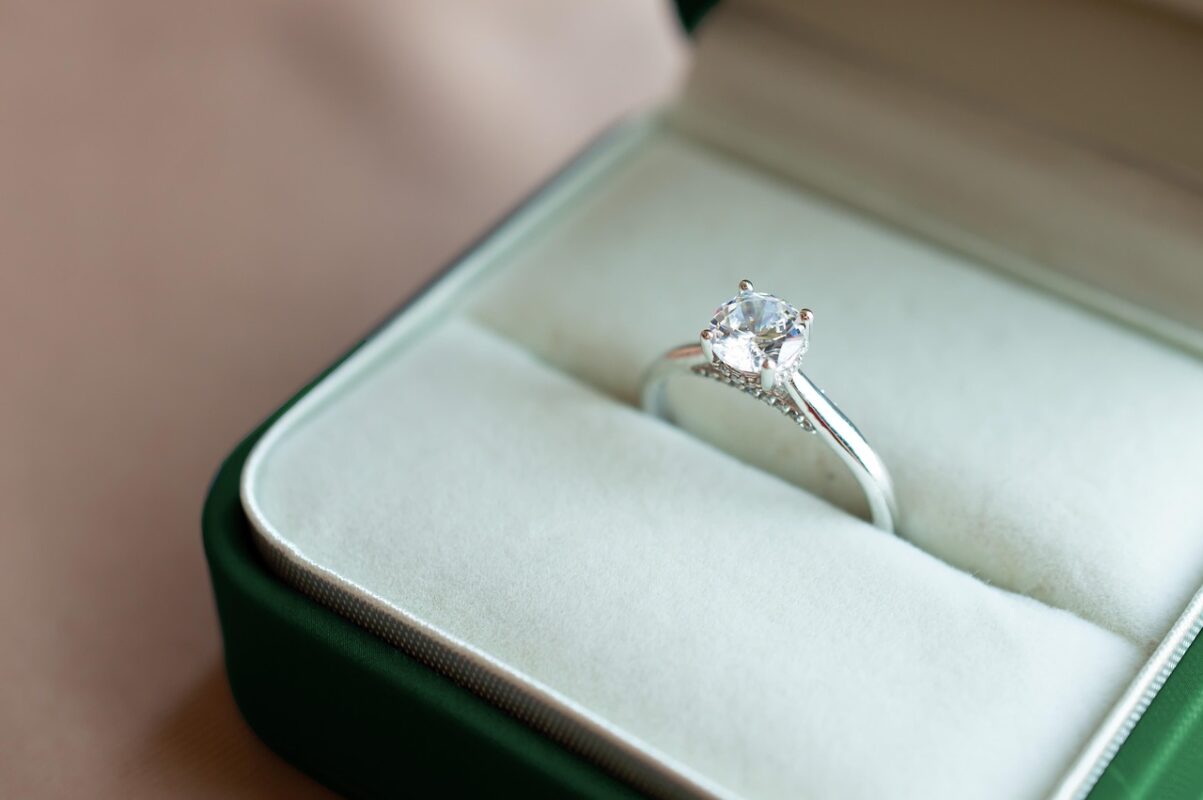Fine Opal Rings: A Guide to Their Stunning Investment Merits
In the world of fine jewelry, opal rings hold a unique and captivating position. Beyond their immediate visual appeal, these pieces represent a compelling and sophisticated investment opportunity. For collectors and investors seeking assets with both beauty and intrinsic value, fine opal rings offer a distinct set of advantages grounded in rarity, durability, and market dynamics. This analysis outlines the key reasons why a high-quality opal ring is more than an accessory; it is a tangible store of value.
The Investment Case for Fine Opal Rings
The primary driver of value in any gemstone is its rarity. Fine opals, particularly those from renowned sources like Lightning Ridge in Australia, which produce the coveted black opal, are exceptionally scarce. Unlike diamonds, which have a controlled supply chain, the opal market is largely dependent on unpredictable mining yields. A top-tier opal with a vibrant play-of-color, a dark body tone, and minimal imperfections is a true natural wonder. This inherent scarcity ensures that demand perpetually outstrips supply, creating a strong foundation for capital appreciation over time.
Furthermore, opal rings offer a form of portable wealth. A significant value is concentrated in a small, beautiful object that can be securely stored and transported. In times of economic fluctuation, tangible assets like precious gems and metals often retain their value more effectively than paper assets. An opal ring combines the stability of precious metals (in its setting) with the high-growth potential of a rare gemstone.
Detailed Product Specifications for Investment-Grade Opal Rings
When evaluating an opal ring for its investment potential, specific criteria must be met. The following specifications define a high-caliber piece.
Key Gemstone Characteristics:
Type of Opal: Black Opal, Boulder Opal, and Crystal Opal are the most valued for investment.
Play-of-Color: The spectrum and intensity of colors displayed. A full spectral range (red, green, blue) is most desirable.
Body Tone: For black opals, N1 to N4 on the dark scale is preferred.
Clarity & Transparency: For crystal opals, high transparency is key. The stone should be free of cracks or significant potch (colorless opal).
Cut & Shape: A well-proportioned cut that maximizes color play without unnecessary weight loss. Common shapes include oval, round, and cushion.
Carat Weight: Larger, high-quality stones are exponentially rarer and more valuable.
Ring Setting & Craftsmanship:
| Feature | Investment-Grade Standard |
| :— | :— |
| Primary Metal | 18k Gold (Yellow, White, or Rose) or Platinum |
| Setting Style | Bezel or semi-bezel to protect the opal’s edges; secure prong settings are also acceptable. |
| Hallmarks | Must be present, certifying metal purity and origin. |
| Craftsmanship | Flawless finishing with no sharp edges; stones are securely set with no movement. |
Essential Checklist for Purchase:
Verify the opal is natural and untreated.
Request a certificate from a reputable gemological laboratory.
Assess the ring’s overall construction and weight.
Purchase from an established, professional jeweler with a documented history.
Frequently Asked Questions
What makes an opal ring a good investment compared to other gemstones?
Fine opals are among the rarest gemstones on earth, with a mining output that is both limited and unpredictable, unlike the more systematically supplied diamond market. This fundamental scarcity, combined with increasing global appreciation for unique colored gemstones, creates a powerful supply-demand dynamic that drives long-term value appreciation for high-quality specimens.
Are opal rings durable enough for everyday wear and long-term holding?
With a sensible approach, yes. Opal has a Mohs hardness of 5.5-6.5, making it softer than diamonds or sapphires. An investment-grade ring will feature a protective setting, such as a bezel, and should be reserved for occasions that do not pose a risk of hard impacts or exposure to harsh chemicals. Proper care ensures the stone remains pristine, preserving its value for decades.
How can I verify the authenticity and value of a fine opal ring before purchasing?
The single most important step is to obtain an independent certificate from a recognized gemological institute. This document will verify the opal as natural, identify its type and origin, and note any treatments. Furthermore, transacting with a credentialed jeweler who provides a detailed invoice specifying the opal’s characteristics and the ring’s metal content is crucial for establishing provenance and ensuring your investment is sound.








